27th Mar 2024
Wednesday One-Off: 1969 Holden Hurricane
by Collecting Cars
Some years contain such monumental and ground-breaking events, whether celebratory or disastrous, that they are destined to conjure images just by seeing the numbers. Think 1066, 1918, or 2001; these are years firmly entrenched in the collective memory of humankind. For this week’s Wednesday One-Off, we’re taking a trip back to another of history's most famous years.
1969 has of course become most recognisable as the year that mankind finally landed on the moon. It was an astonishing achievement for both science and the species, which in many ways signalled the start of a technological revolution. However, while the Apollo 11 team looked back at Earth from the surface of the moon, life on our big blue marble continued as usual for most – though wild thoughts of what life might look like in the not-so-distant future were very much abound.
One car manufacturer that had seemingly caught the space-age bug was Holden, as in 1969 the marque unveiled its latest concept car: the Holden Hurricane. Given that even today this concept is remarkable to behold, it must have been jaw-dropping at the end of the 1960s; and it’s easy to imagine car enthusiasts across the world were thrilled with the idea that this could be the new direction for performance cars.
When the Hurricane was unveiled at the 1969 Melbourne Auto Show, it was unlike anything Holden had ever produced before; a sleek, mid-engined supercar that could have happily stood alongside design concepts from Italy’s most famous coachbuilders. Holden had perhaps chosen the perfect moment to release such a concept, given that it looked both like a vision of the space-age future, and like a life-size Hot Wheels model, which in the very same year had been taking the toy market by storm.
Externally, the Hurricane was a low-slung and sleek machine, even besting the iconic Ford GT40 with a height of only around 99cm (39 inches). At the front was a sharply tapered nose cone leading back to dramatically flared front haunches, completed with large pop-up headlights to aid aerodynamics. Nestled between the two front haunches was the start of the steeply raked canopy, which consisted of a large wrap-around windscreen within a full hinged canopy that pivoted forward for ease of ingress. Holden even went a step further when considering the ergonomics by having the seats rise up and the steering wheel tilt upward at the same time as the canopy was opened, making it even easier to hop aboard this space-age supercar.
Power came courtesy of a mid-mounted 4.2-litre naturally aspirated V8, which was reported to deliver around 260bhp (194kW) to the rear wheels via a four-speed transaxle gearbox. While the engine itself was not revolutionary, its mid-ship positioning was a first for Holden, and the technological upgrades throughout the rest of the car were also impressive for its era. There were inertia-reel seatbelts, climate control, a rear parking camera linked to a black-and-white CRT screen, a digital dash display, and a concept for a very early route guidance system.
The Hurricane’s sweeping body lines continued back into a striking Kamm-tail clam shell. The waistline of the car ran back from the curvaceous front wheel arches and seamlessly merged into the more squared-off rear end, giving the Hurricane a distinct aesthetic of a bullet in flight. On the side profile of the car, two large air vents had been integrated into the design, channelling much-needed cold air into the enclosed engine bay.
Sadly, the Hurricane never made it past the concept stage, mainly due to the cost of production, and it is understood to have been retired into company storage to be forgotten for nearly two decades. It was then reportedly ‘rediscovered’ in the Holden training centre by Corey Egan in 1988. Restoration work began in 2006 following the original design laid out, and in 2011 the automotive world was reintroduced to the Hurricane at the Motorclassica car show in Melbourne. Since then, it is has taken residence at the National Motor Museum in Birdwood, where it remains on display as a tantalising glimpse of what an Australian supercar of this era could have been.


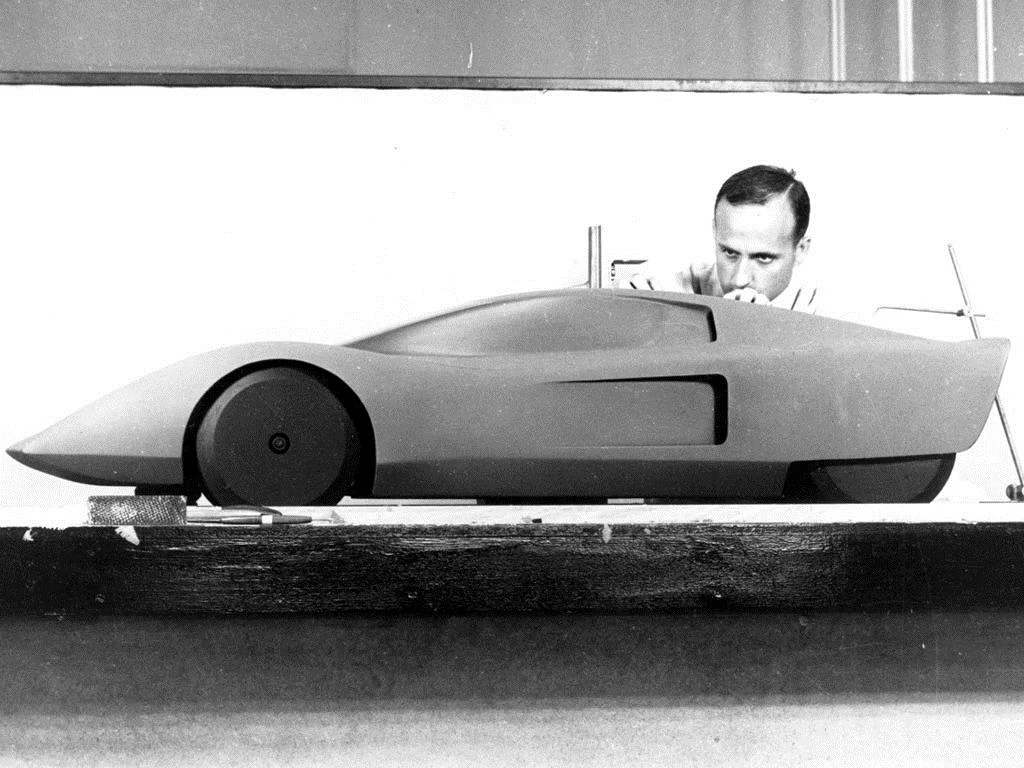
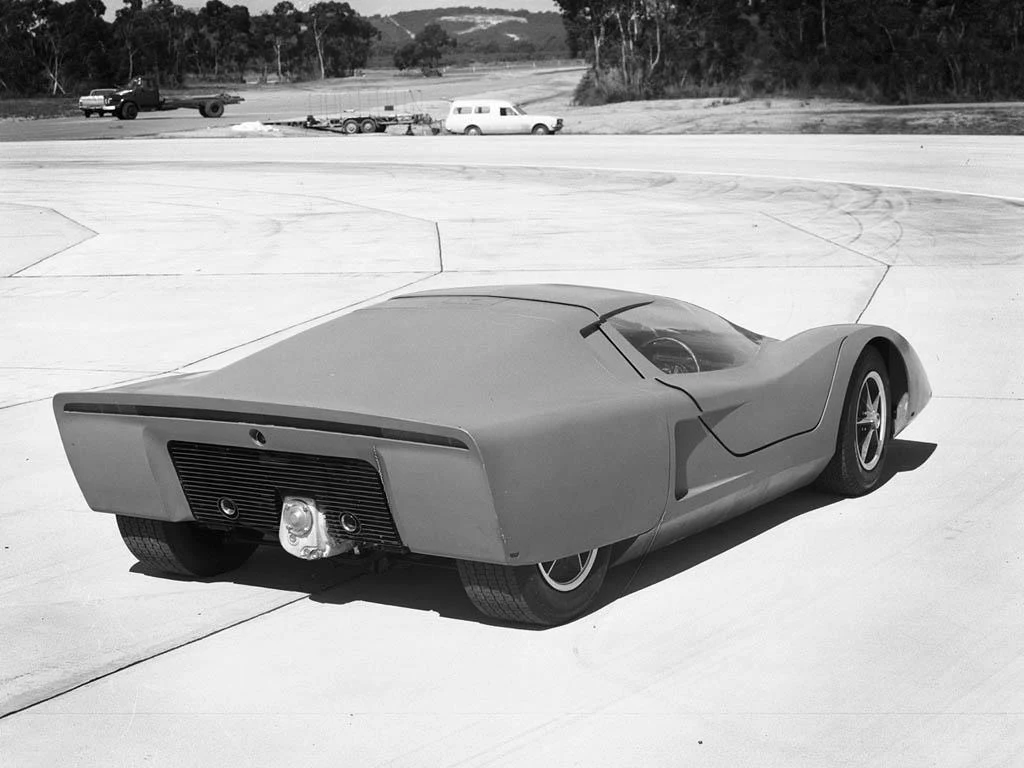
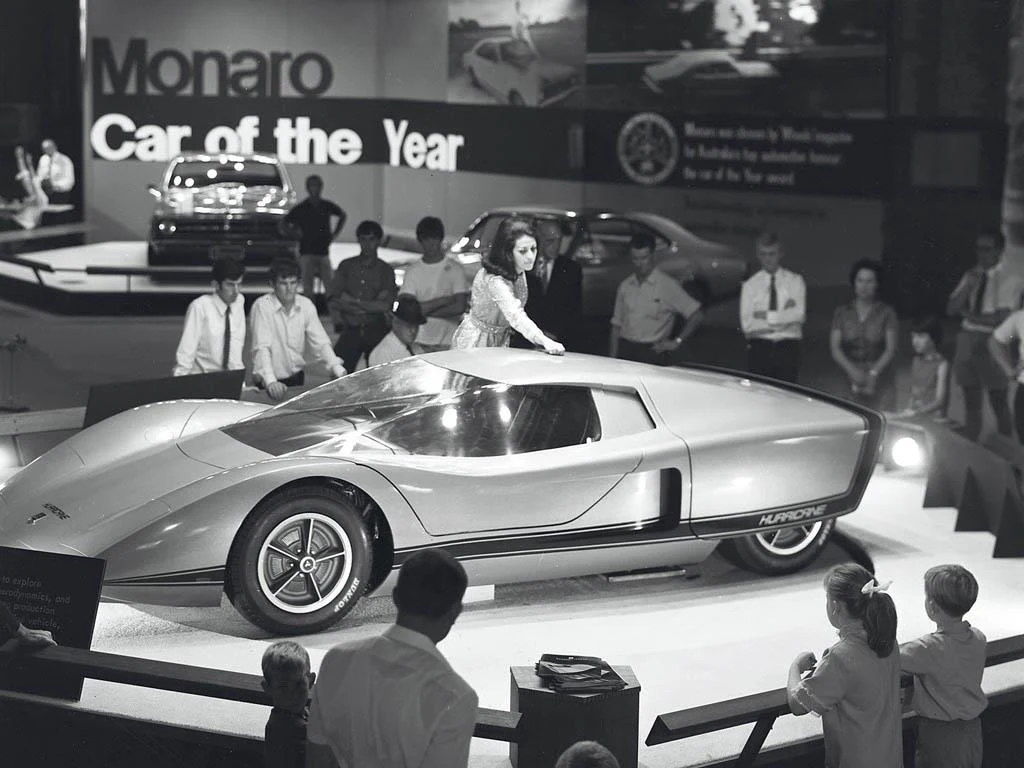
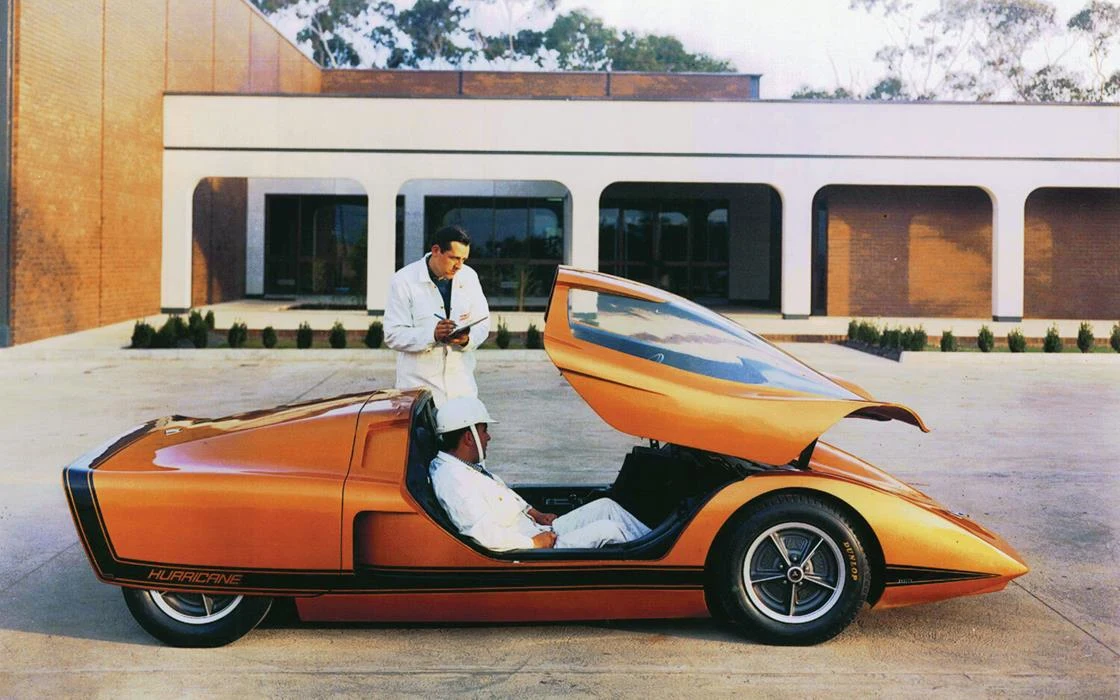
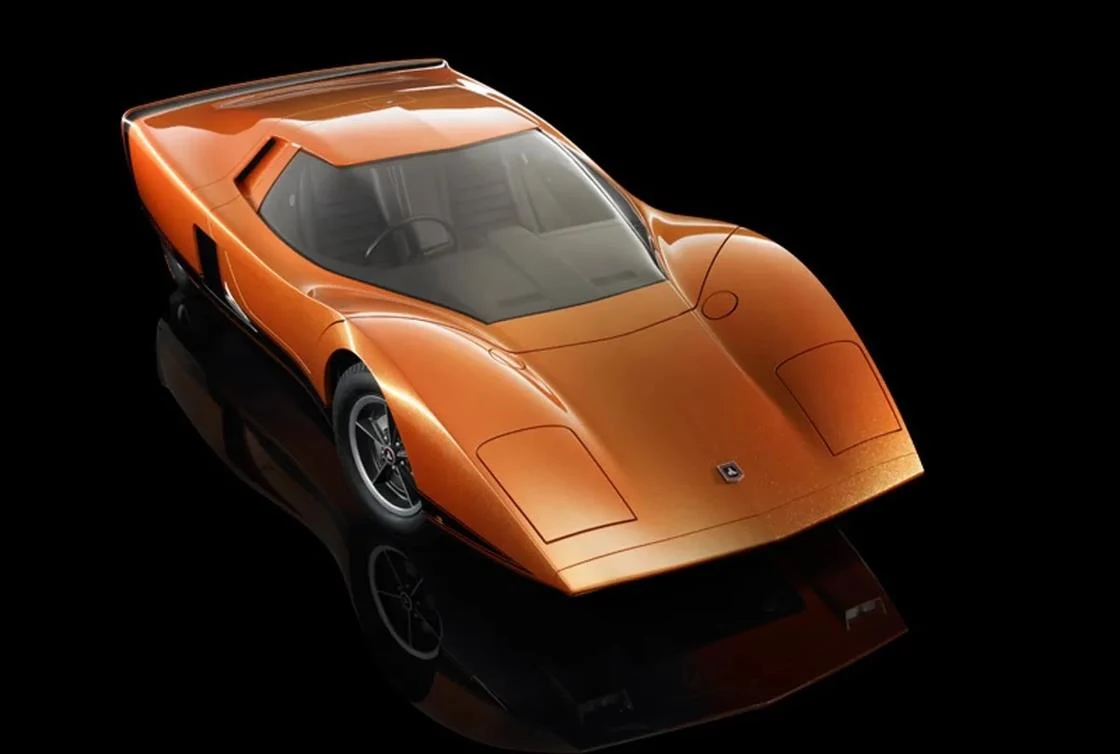
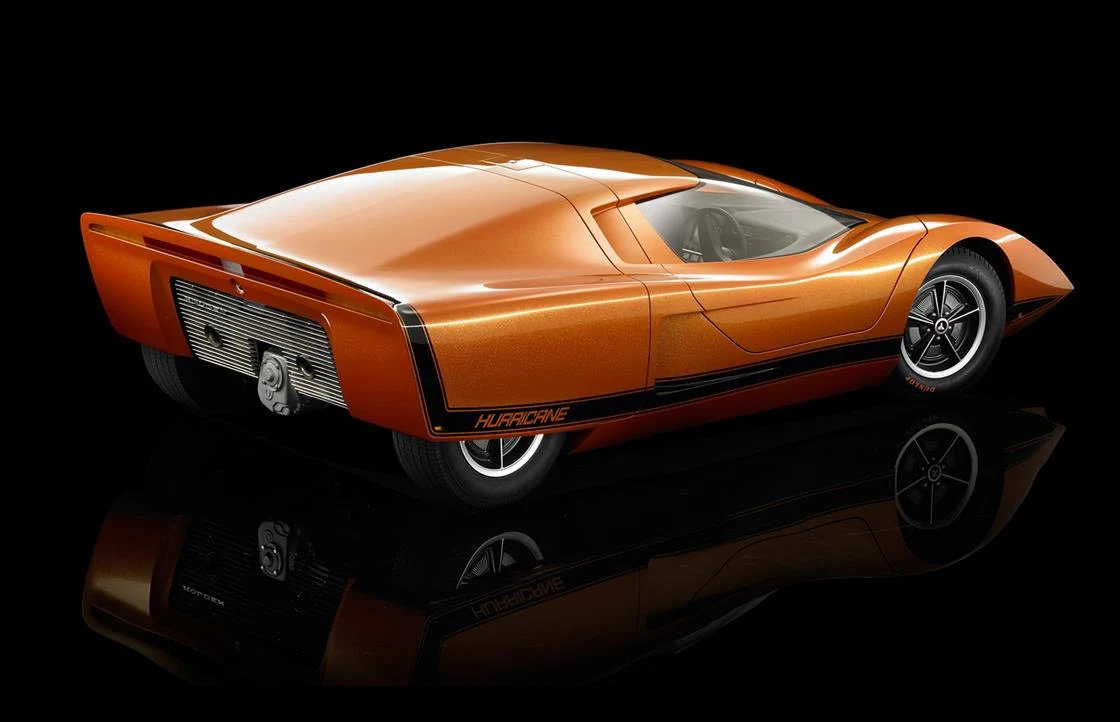
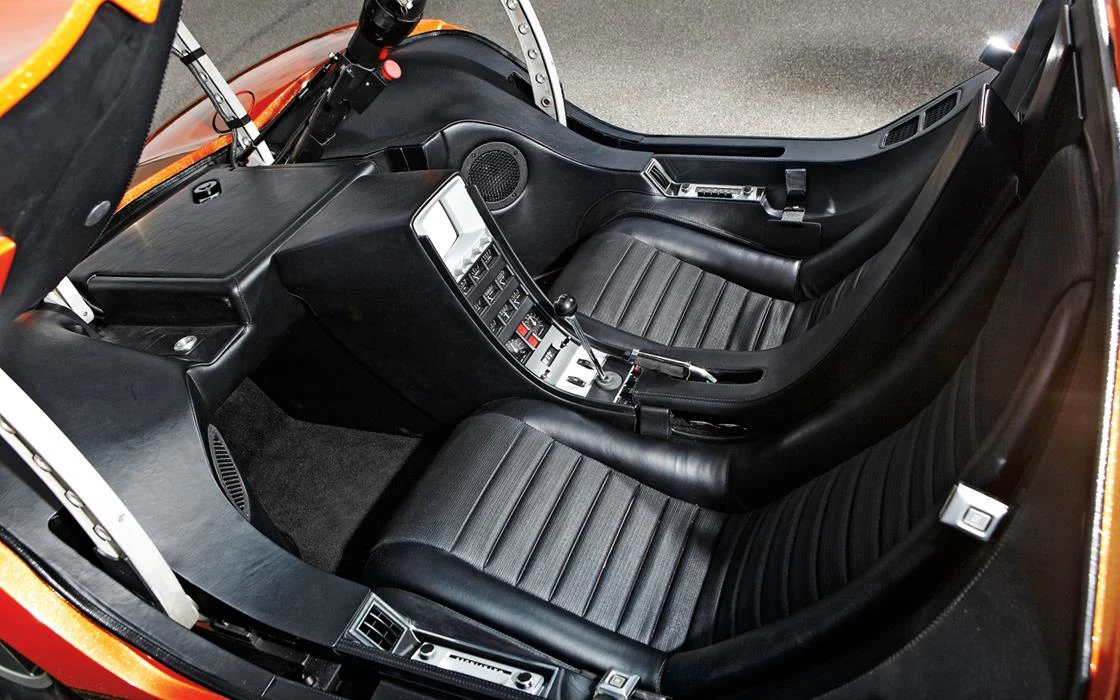
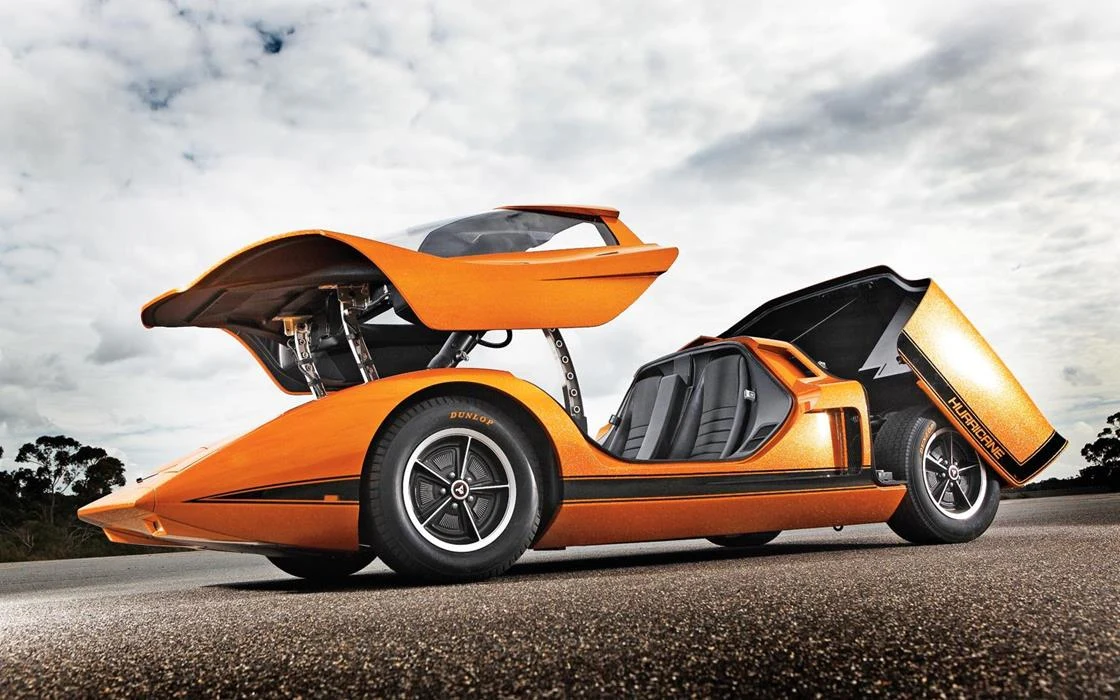
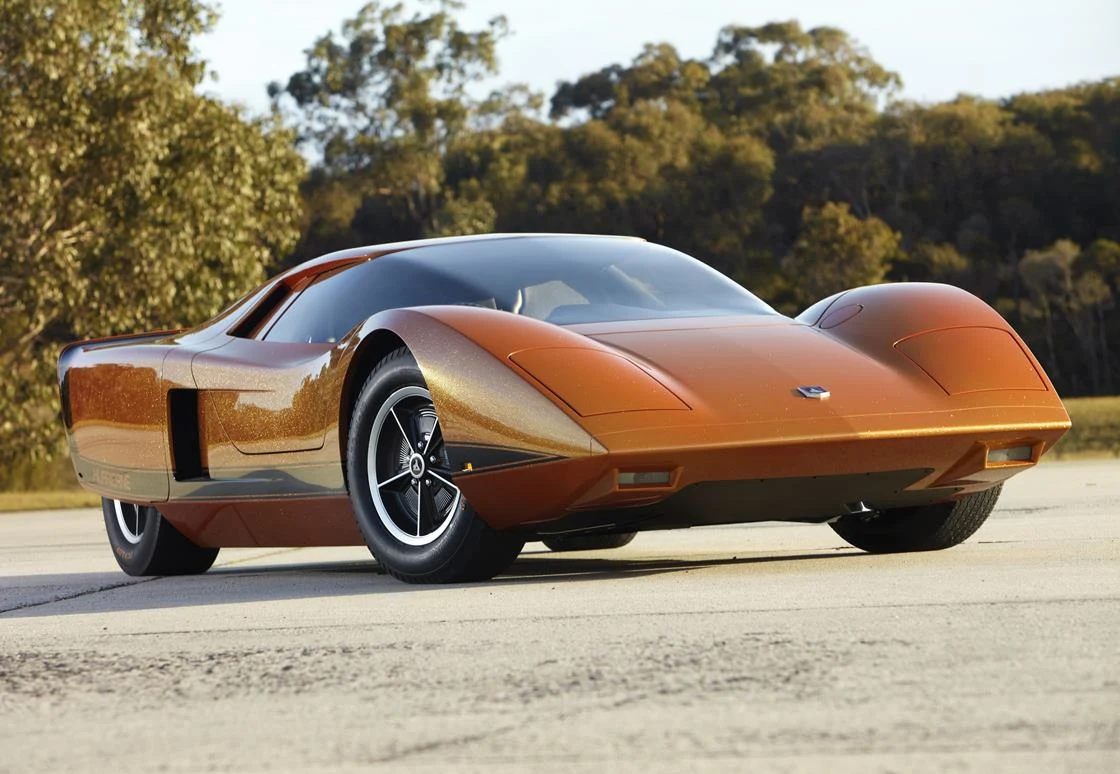

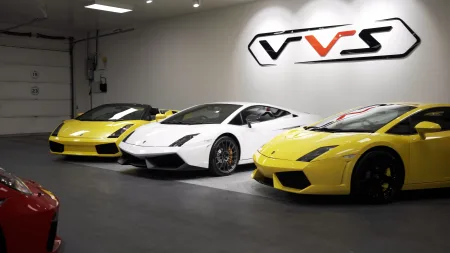
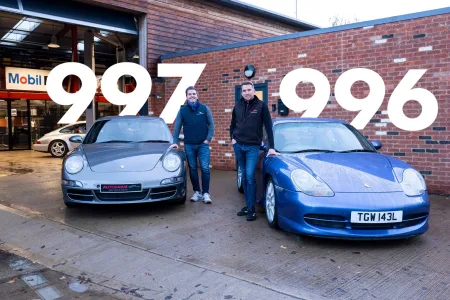


Have your say!